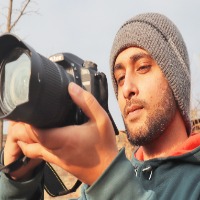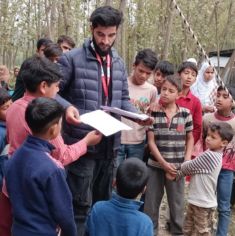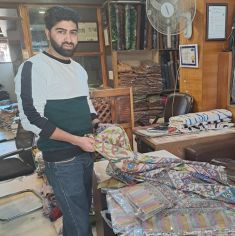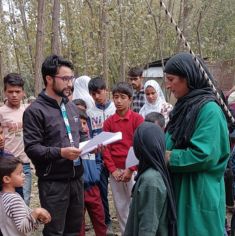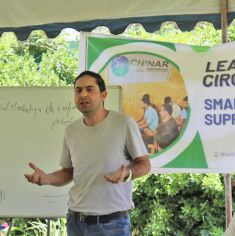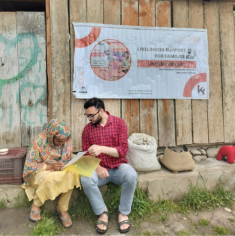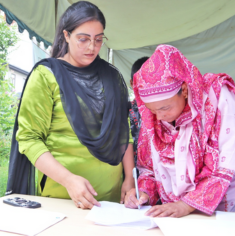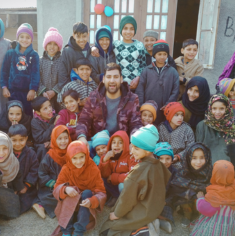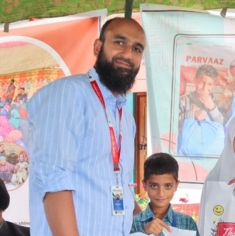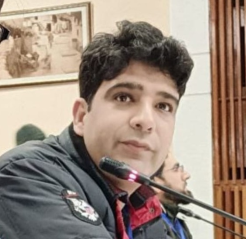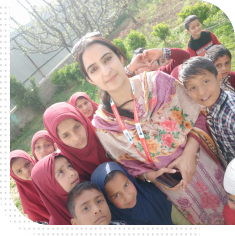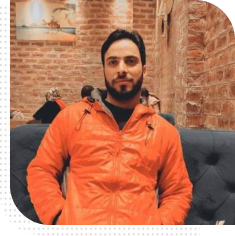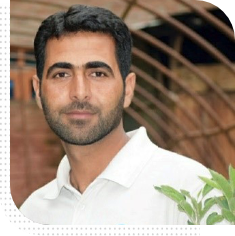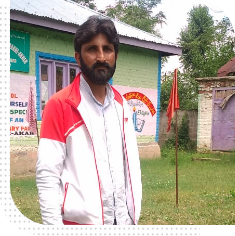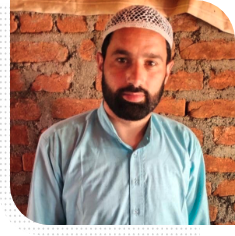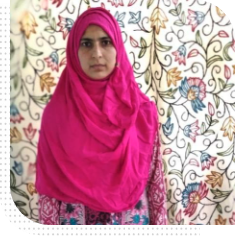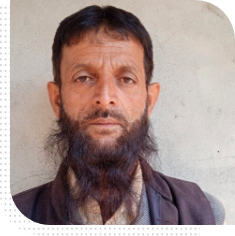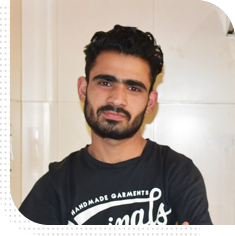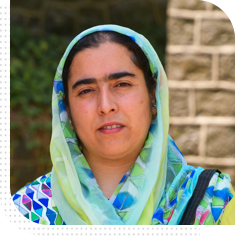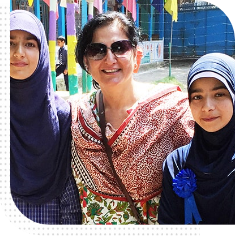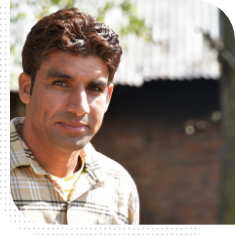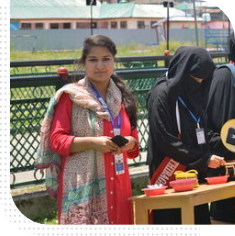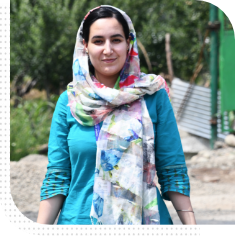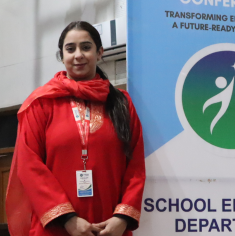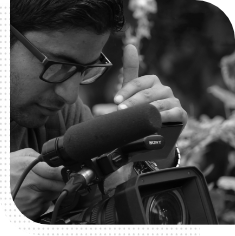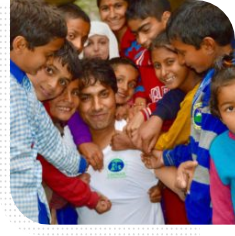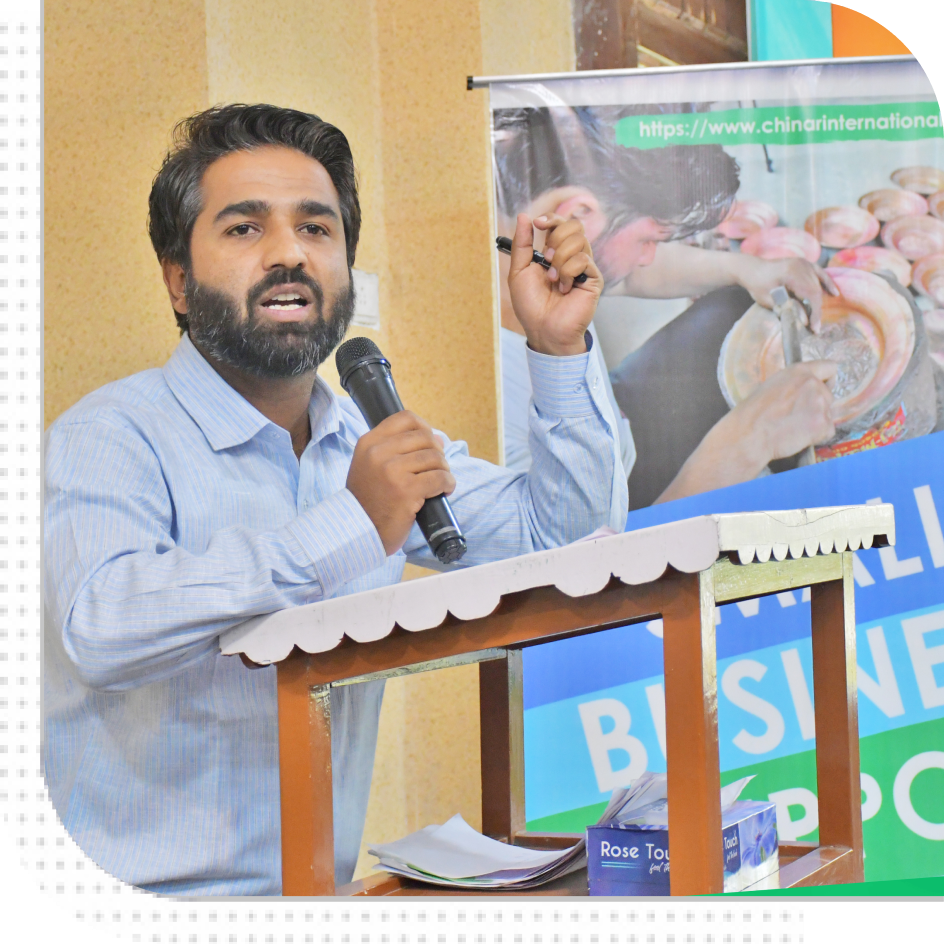Impact
Together we have supported


679
Rescue


63,485
Relief


1,395
Rehabilitation


52,402
Health


6,000
Education
The Need
Over the years children and families living in Jammu and Kashmir have experienced multiple natural and man-made crisis events including the floods of 2014 and various protracted shutdowns due to political turmoil in 2016 and 2019. During times of crisis or unrest, the poorer members of society suffer the most. Daily wagers with no alternate means of earning an income are often unable to make ends meet. Underprivileged families lack access to basic food items and children experience gaps in their education.
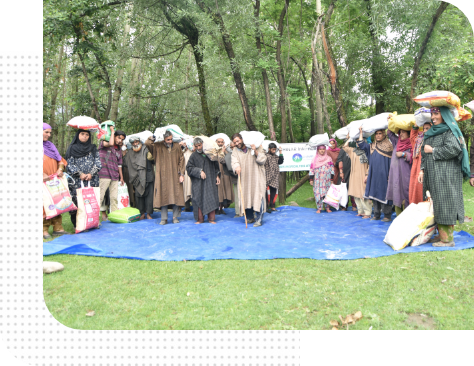

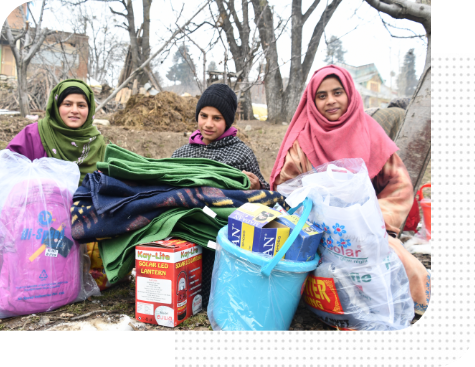


Our Response
During times of crisis, we put our program activities on hold and focus on providing immediate relief to families and children in distress. As part of our crisis relief program, we have provided rescue, relief and rehabilitation to thousands of people living in Jammu and Kashmir. During the floods of 2014 we provided support to ~90,000 people through interventions including rescue, relief, medical care, water, hygiene, reconstruction, shelters and livelihood. During other protracted shutdowns, we provided emergency relief kits and medical care to destitute families and education to children to fill the gaps in learning competencies.
Our Response
During times of crisis, we put our program activities on hold and focus on providing immediate relief to families and children in distress. As part of our crisis relief program, we have provided rescue, relief and rehabilitation to thousands of people living in Jammu and Kashmir. During the floods of 2014 we provided support to ~90,000 people through interventions including rescue, relief, medical care, water, hygiene, reconstruction, shelters and livelihood. During other protracted shutdowns, we provided emergency relief kits and medical care to destitute families and education to children to fill the gaps in learning competencies.



Current Crisis
Past Crisis
No Current Crisis Relief Found
Stories From The Field
FAQ’s
What is the selection criteria?
We use well-defined selection criteria to identify potential beneficiaries for our Crisis Relief program. A thorough assessment and verification process is followed to identify the most deserving families who are struggling to meet their daily needs due to complete lockdown or curfew across all districts of Kashmir region. This includes consultation with community heads, masjid committees, local partners and administration. For more information, please see our Process and Protocols HERE.
What is the program duration?
The program duration varies from crisis to crisis and is dependent upon the need on ground.



















